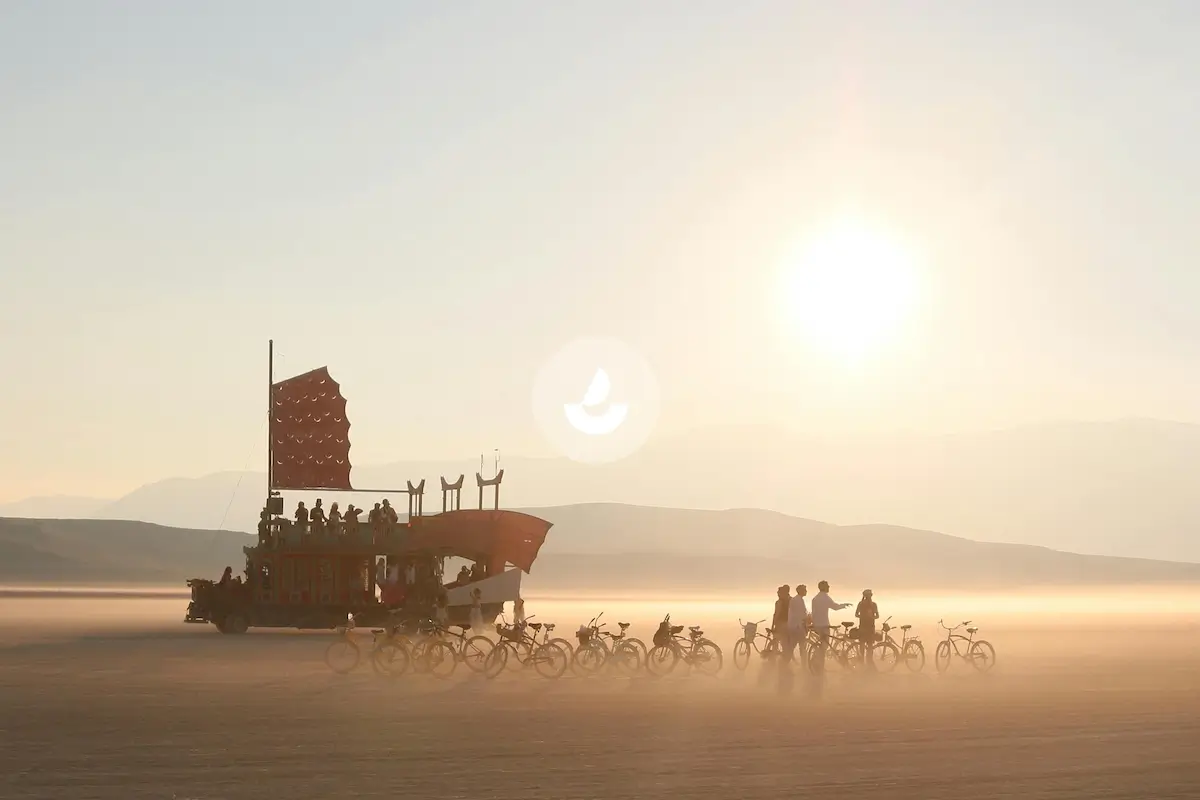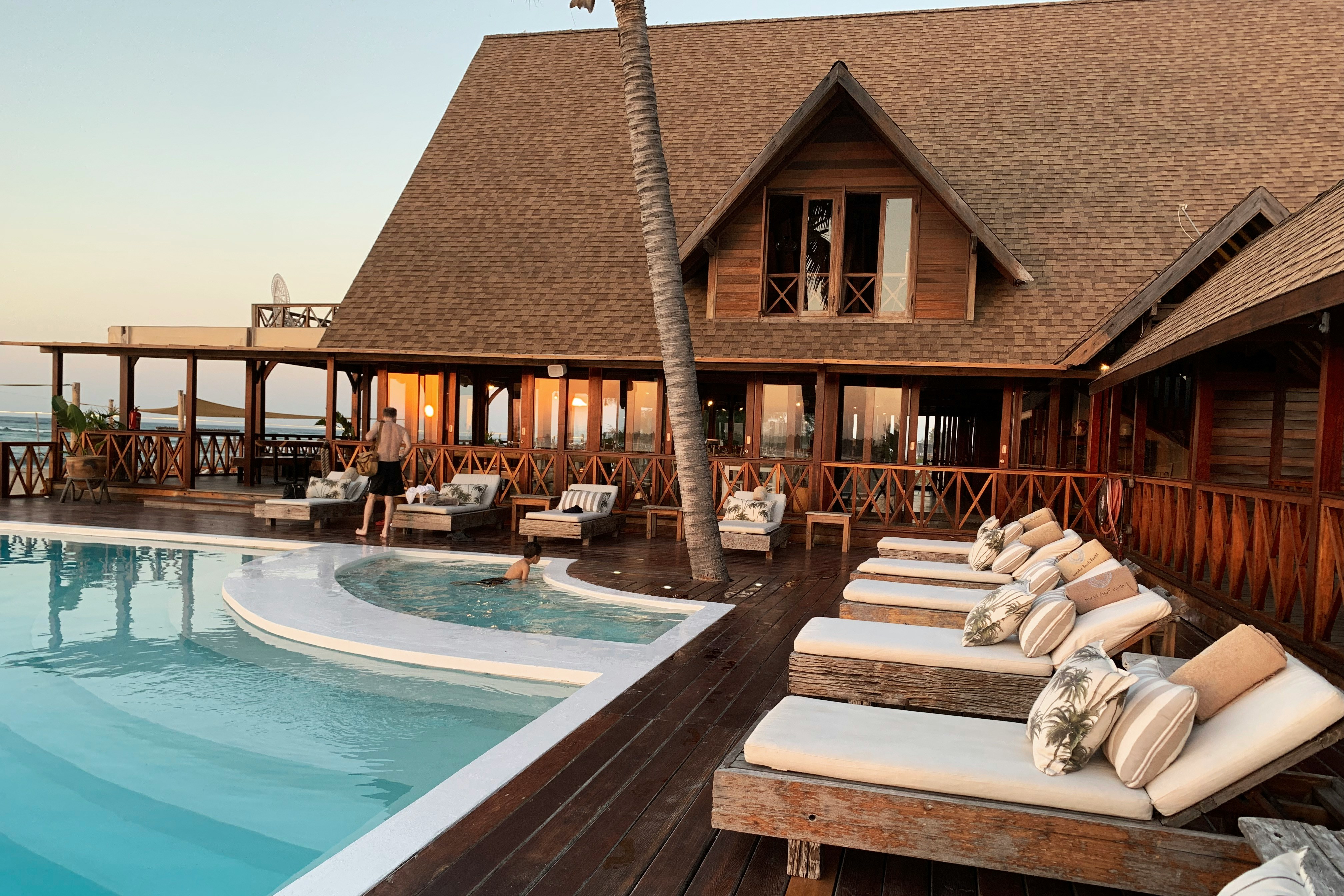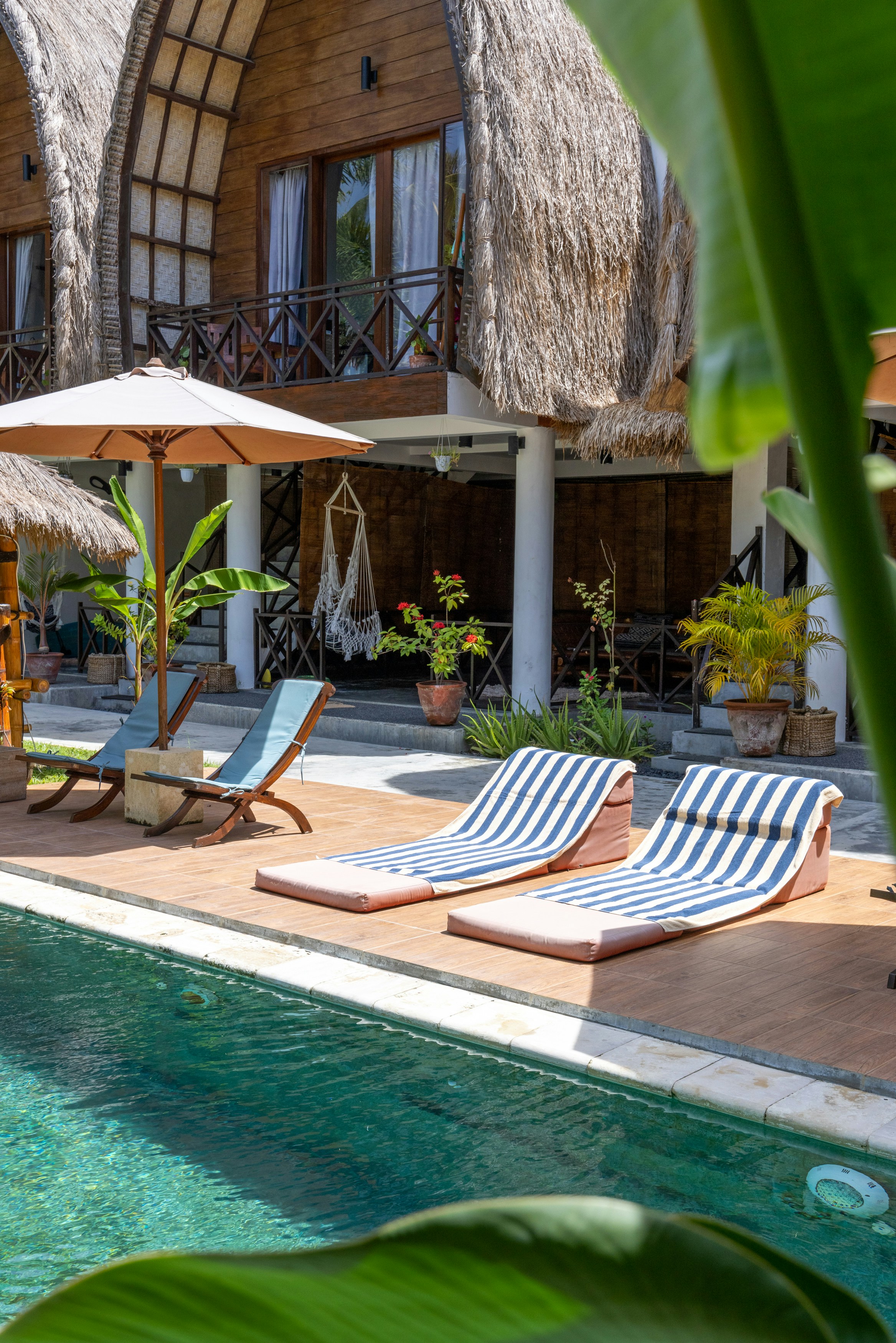Villa Romana de São Cucufate
Villa Romana de São Cucufate things to do, attractions, restaurants, events info and trip planning
Plan your stay
Posts
Anyone with any interest in Roman times should visit this site. The main building is a monument to someone's vanity. The site is fairly large. Information is limited but enough to explain what can be seen. Simão the cat was on hand to keep order. Modern scaffolding is used to support some of the structure which at first sight is a little off putting. However, the wooden framework under the arches is almost the same as would have been used by the builders. If it's wet, take suitable shoes. The grass is quite long in places.
Thomas Allen
10
Amazing remains of a Roman villa in the middle of rural Alentejo. Happened to be in the area, and a quick Google search found this place just north of Beja. It is worth the drive and small entrance fee (€3). Has a temple, bath complex, and vaulted cellars. The best preserved areas were repurposed as a medieval church, decorated with frescoes from the 17th century. Visited on a Saturday morning and there were very few people there. If you visit in summer, be prepared for the sun and heat.
Bryan Fant
00
É um sitio de enorme potencial, comparável a uma Conimbriga. Porém, para poder estar ao nível, necessita de algum investimento: - controle de pragas... é indescritível os dejectos de ratazanas e pássaros na pequena capela - maior tratamento das ervas e arranjo - estruturas de controlo de desabamento têm a madeira podre... duvido que segurem alguma coisa! - o museu do espólio encontrado não deveria estar noutra localidade, mas ali. - o horário de funcionamento deveria ser ajustado à hora de verão e inverno. Em abril fechar às 17.30h é uma pena... Paga-se 3€ bilhete normal, 1,5€ estudantes, não têm multibanco. Ao contrário do que havia lido, não vi qualquer vídeo explicativo.
Ana Ferreira
10
Mit EU-Geldern ursprünglich schön angelegte Ausgrabungsstätte. Leider schlecht unterhalten, man fährt auf Verschleiß. Hier sind dringend Investitionen in den Unterhalt nötig um diese Stätte dauerhaft zu bewahren. Stützkonstruktion morsch und teils bereits gesetzt, so dass sie keine Stützfunktion mehr übernehmen können. Unmengen an Ratten-.und Vogelkot in der Kapelle, die der Stätte ebenfalls schaden. Beschriftungstafeln fehlen, generell ist die Dokumentation sehr dürftig. Den Film gibt es leider nur auf portugisisch, keine Führung. Schade, dass man ausländischen Besuchern die Geschichte nicht näherbringen möchte.
net worx
10
Agradável surpresa... espaco bem maior do que estávamos à espera e muito interessante. As ruínas estão bem conservadas, talvez as estruturas de apoio pudessem ser renovadas pois não parecem apresentar muita segurança; as placas explicativas junto às ruínas são informativas e bem detalhadas... podiam mostrar as ruínas como eram originalmente. O espaço precisa de algum investimento, nomeadamente no que toca aoa caminhos pois estão cheios de ervas e todo o espaço no assunto 'jardinagem' está pouco cuidado. O atendimento é excelente, muito prestável e simpático. Adorámos a visita guiada pelo felino do local!!!
Sílvia Craveiro
00
Sítio arqueológico localizado em Vila de Frades no Alentejo, descobrimos o local durante uma viagem e vale a visita. O monumento histórico consiste nas ruínas de um complexo do período romano, composto por uma mansão, termas, um templo e uma zona de produção agrícola. A villa é provavelmente a maior em Portugal. As suas origens estão associadas à época romana, altura em que foi instalada uma villa no centro de uma exploração agrícola. No entanto, acredita-se que a sua ocupação inicial remonta à Idade de Ferro. Por volta de finais do IV milénio. A entrada custa 3€.
Rafael Uchôa
00
Basic Info
Address
Vila de Frades, Portugal
Map
Website
viladefrades.pt
Visit
Reviews
Overview
4.4
(308 reviews)
Ratings & Description
cultural
outdoor
scenic
family friendly
off the beaten path
Description
The Roman ruins of São Cucufate is a Romanesque archaeological site, located on the ruins of a Roman-era agricultural farm in the civil parish of Vila de Frades, in the municipality of Vidigueira, in the southern Alentejo, Portugal.
attractions: , restaurants:

- Please manually select your location for better experience





